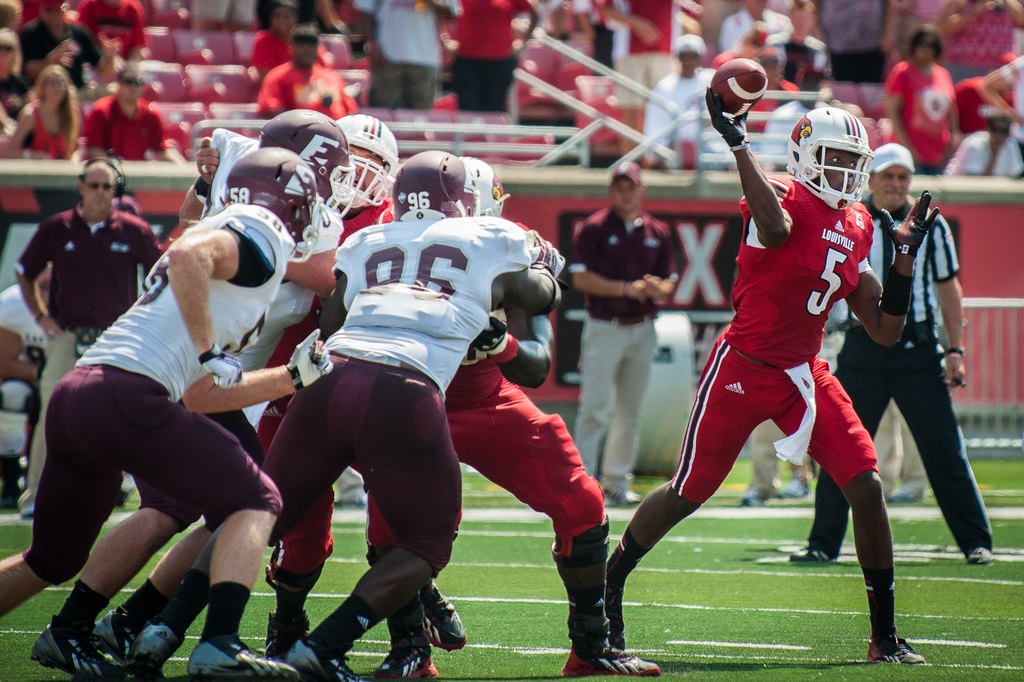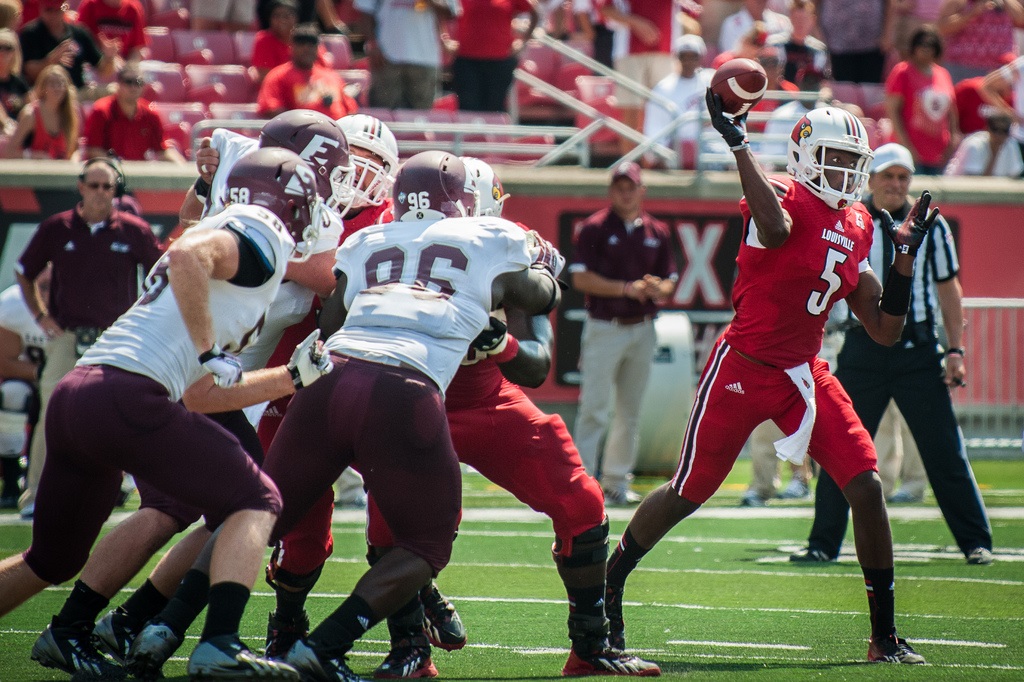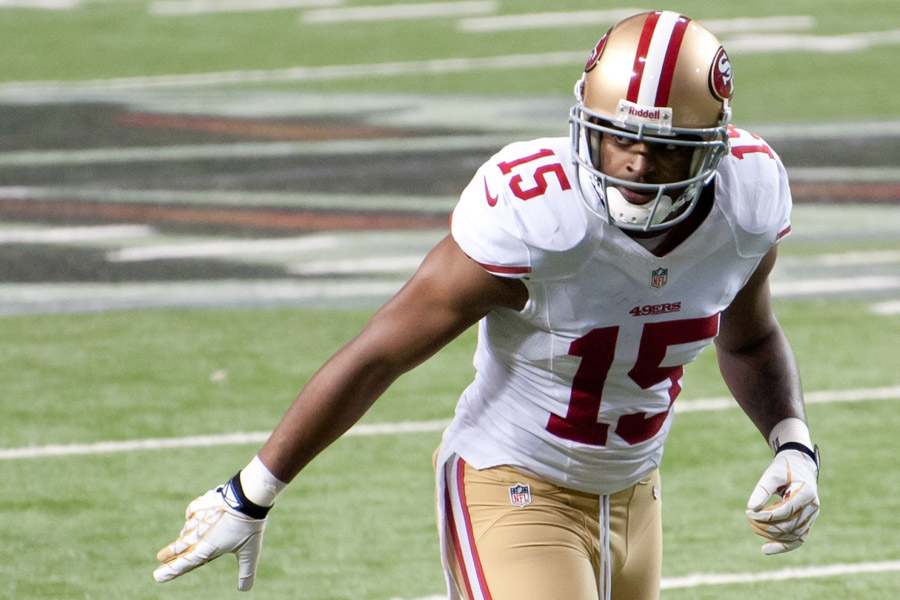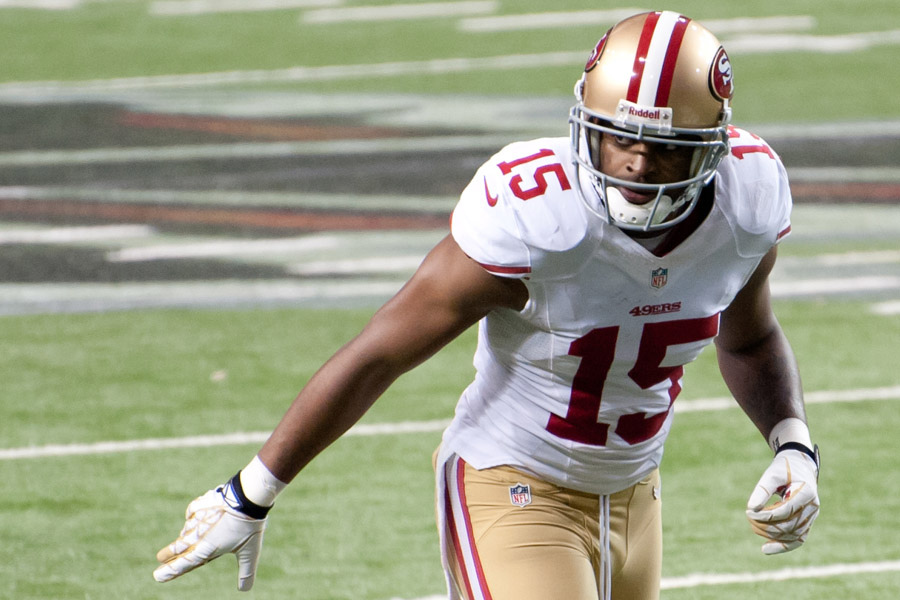I promise, I really do like a lot about Landry’s game, but when a player provides good teaching opportunities, you take it.
I’ve already heard from some LSU fans who feel it was unfair to criticize Landry’s effort in an area where I stated most college receivers aren’t playing at top intensity (run blocking). Forget that I qualified the criticism with the point that Landry is a good prospect. They only see the sore spot.
I will note that Landry’s brother Gerald was a gentleman about it.
Understandable sensitivity from Landry’s big brother. He wants to see his little brother achieve his dream to the greatest extent possible. As I told Gerald, there’s no one in the NFL reading little old me. And if they are, they see quality NFL players – even stars – who have lapses with details that have a collective impact on the outcome of a game.
Sorry LSU fans, I’m not leaving Landry alone. Think of me as the coach who picks on the player because he likes him.
For those of you who need to see something positive about one of your own. Just keep watching this on a loop.

or this . . .
[youtube=http://youtu.be/6HOj7Z58c4o]
Personally, I like the second one better. I’m like the Russian judges in ice skating from the old days (might still be the same, I don’t know, I have no time for the Olympic$), I prefer the routines with a higher degree of difficulty.
With the animated shorts entertaining those in need of positive reinforcement (pacification), let’s look at something that even a super athlete like Landry has room to improve upon. That, my friends, is route running – specifically, the stem.
For those of you not familiar with the stem or “stemming a route”, Tim Gardner gives a brief overview. The main objective of the stem is to force the defender playing single coverage to turn his hips in the opposite direction of the break.
There are several effective ways to perform a good stem. It depends on the route and the position of the opponent. This 1st-and-10 route by Landry at the top of the third quarter against Auburn is an interception that, at first glance, looks like an under-thrown pass.
And it is an under-thrown ball. Zach Mettenberger is delivering the ball from a constricted pocket and cannot get the ball to the location of the flat where Landry makes his break. The lower half of Mettenberger’s frame doesn’t have any follow through during the release. See below (there’s also a good replay following the queued video segment).
[youtube=http://www.youtube.com/watch?v=m1GECUhSgiU&start=103&w=560&h=315]
However, there’s more to this play than a short throw. Landry could have done more to ensure that he makes this catch regardless of Mettenberger’s ability to deliver a ball with greater depth on this break and it all has to do with his stem.
Landry is the slot right receiver with the corner playing nine yards off at the hash and directly over the receiver. The route Landry is running is essentially an out to the right flat where he works back to the ball, but the corner undercuts the play from trail position.
The reason the corner is in position to make this play has more to do with Landry’s route than Mettenberger’s throw. Landry begins the route with the cornerback playing an inside shade (see below).
The corner is already in position to anticipate an outside-breaking route. His hips are angled to anticipate his outside break and he’s playing off Landry to the point that he can be patient with the route while keeping an eye on the quarterback.
Landry understands that to beat a cornerback in this position, he’ll need to get the defender to turn his hips to the inside. However, the receiver lacks the patience to do it.
At the top of his stem, Landry executes a jab-step to the inside and then breaks outside. The problem is that Landry’s stem is five yards too short for this route.
The reason we know this stem is too short is where Landry finishes his break (black line). The receiver makes a jab-step inside and then drifts outside to cross the first-down marker before bending his break towards the quarterback. Landry’s route is a long, looping, inefficient path that tips off the cornerback.
One of the best ways to test the patience of a patient cornerback is what you might call “playing chicken.” In other words, the receiver maintains a straight path as if he’s going to run up the corner’s hind parts.
Force the corner to turn or get close enough that when the jab-step is made inside, the corner has no choice but react. That’s selling a route.
The benefit of this longer stem is that the route has more natural depth without tipping off the break and the quarterback doesn’t have to wait a tick longer to throw the ball with greater width-depth. Note the lack of a defined angle in Landry’s break and how he drifts to reach depth.
The cornerback’s hips are already in position to break under Landry. Meanwhile, the receiver is just beginning to round his hips into position to come back to the ball. The hip position tells a lot of this story.
Although Mettenberger hangs the throw, a better route prevents this type of target in the first place. The entire pitch-catch process lacks precision on this play, but the root of the imprecision is on Landry.
Athleticism is pretty. It’s also necessary. But it doesn’t achieve consistency without fundamental technique.
For analysis of skill players in this year’s draft class, download the 2014 Rookie Scouting Portfolio available April 1. Better yet, if you’re a fantasy owner the 56-page Post-Draft Add-on comes with the 2014 RSP at no additional charge and available for download within a week after the NFL Draft. Best, yet, 10 percent of every sale is donated to Darkness to Light to combat sexual abuse. You can purchase past editions of the Rookie Scouting Portfolio for just $9.95 apiece.


















